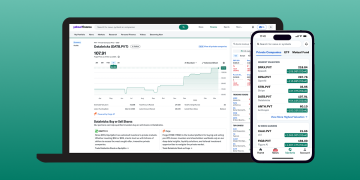Introduction: A Strategic Shift in Monetary Policy
On November 21, 2024, the South African Reserve Bank (SARB) announced a significant decision to reduce the benchmark interest rate by 25 basis points, bringing it down to 7.75%. This marks the second decrease of the year, following a similar reduction on September 19, when the rate was adjusted from 8.00% to 7.75%. This change reflects the central bank’s ongoing efforts to stimulate the economy amid shifting inflation dynamics.
A Unified Decision for Economic Stability
The decision was made unanimously by the members of the Monetary Policy Committee, led by Governor Lesetja Kganyago. He emphasized that this rate cut is aimed at fostering a stable economic environment conducive to achieving the inflation target set by the bank. The commitment of the Committee to a coordinated approach underlines the significance of maintaining economic stability in the face of external pressures.
Favorable Inflation Trends
Supporting the central bank’s decision, the most recent data from Statistics South Africa revealed a notable decline in the overall inflation rate. In October, inflation fell to 2.8%, down from 3.8% in September, effectively drifting below the SARB’s target range of 3% to 6%. This development represents the lowest inflation rate recorded since June 2020, suggesting a positive trend in price moderation that can potentially pave the way for further easing of monetary policy.

Revising Economic Projections
Despite the optimistic inflation figures, Kganyago highlighted the challenges posed by rising electricity prices, prompting the Committee to adjust its inflation forecast for the end of 2025 from 4.4% to 4.6%. He urged caution in interpreting these figures, acknowledging that the economic growth outlook remains uncertain. The SARB’s commitment to a careful assessment of potential risks illustrates the bank’s strategic balancing act between stimulating the economy and maintaining price stability.
Conclusion: Path Forward for South Africa
As the South African economy navigates these changes, the central bank’s proactive stance reflects an understanding of the complexities influencing economic performance. Kganyago’s remarks indicate a recognition that while current inflation levels may allow for lower interest rates, vigilance is required as potential economic headwinds loom ahead. As the situation evolves, market participants and policymakers will need to stay attuned to both domestic and international developments that could impact the economic landscape in South Africa.





























